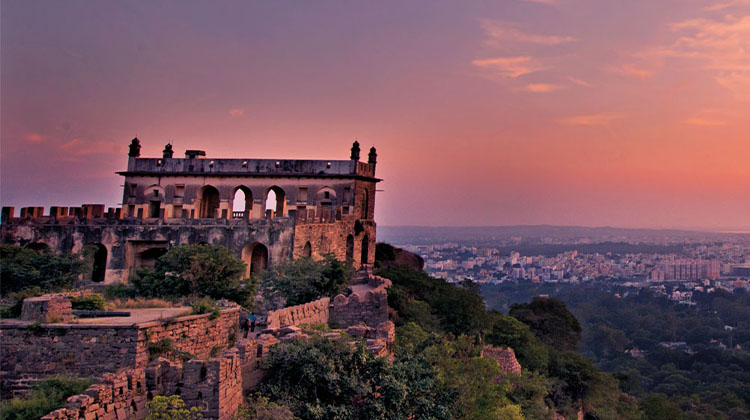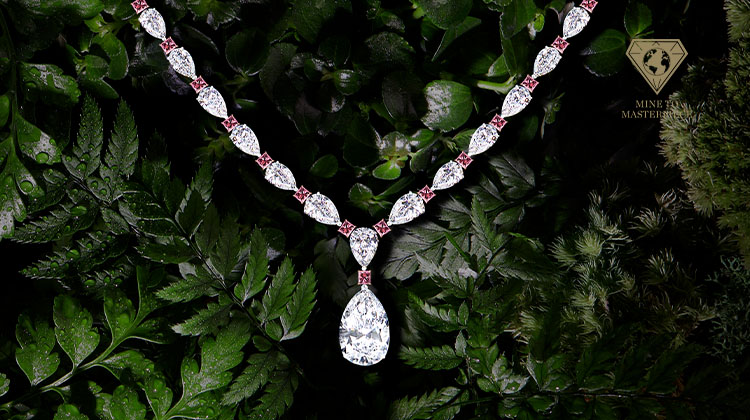Golconda Diamond
Exceptionally pure, incomparably beautiful and vanishingly rare, legendary Golconda diamonds are among the most desirable gemstones on earth. Worn by Maharajas and royalty and prized for centuries for their peerless beauty, rare Golconda diamonds are true gem collectors’ gems.
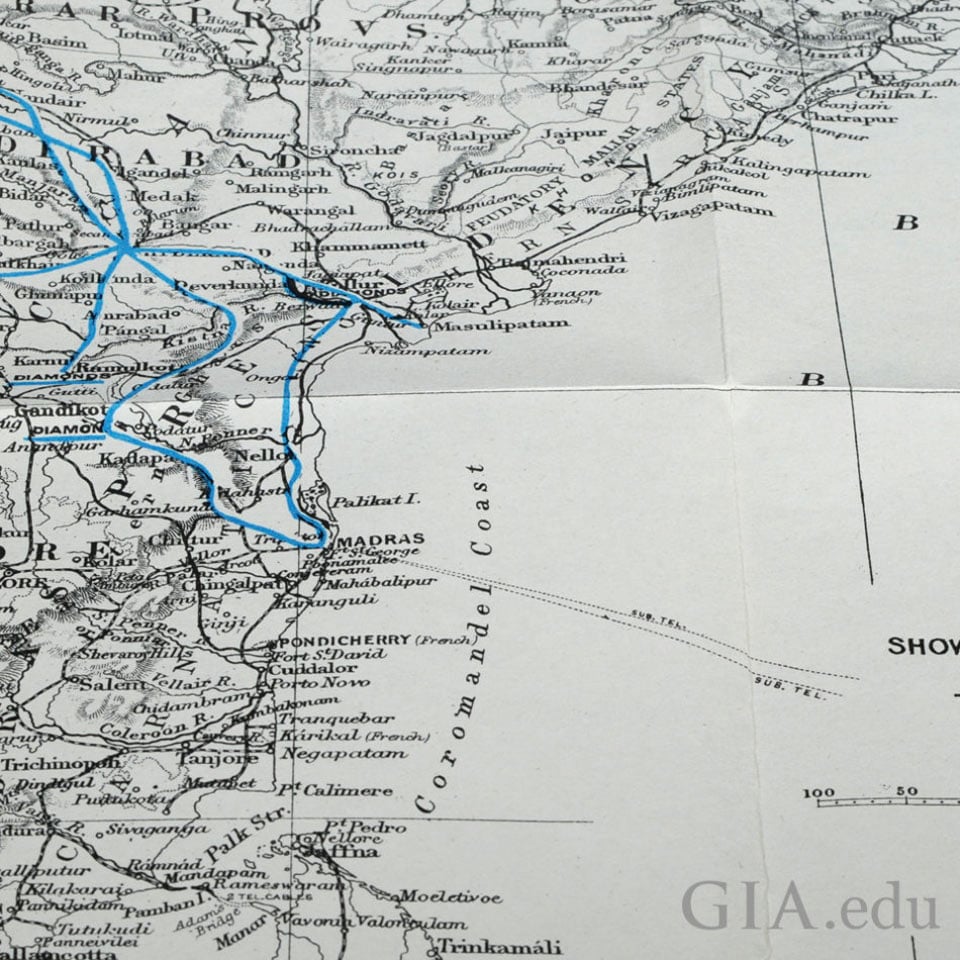
Golconda diamonds, the first diamonds ever discovered by man, have a rich history dating to the early 16th century. They glittered in the riverbeds of the Golconda region of India, a few kilometres from Hyderabad. Mankind had never seen diamonds before, let alone stones so hypnotically transparent, brilliant, and beautiful.
The legendary Golconda mines of India were famed for producing diamonds of exquisite purity up until the 18th century. Golconda diamonds were formed of pure carbon, found far deeper beneath the earth’s surface than most, leading to an absence of impurities. They are among the cleanest, most transparent and intensely brilliant diamonds on earth, possessing ‘ultra-limpidity’ - like looking through icy, pure mountain water. As such, many are Type IIa, a classification reserved for chemically pure diamonds with superior brilliance and a bewitching inner life.
Type IIa diamonds are chemically pure stones and account for less than two per cent of the world’s natural diamonds. But even amongst Type IIa diamonds, Golconda stones are exceptionally rare, thanks to their near-mythical legacy.
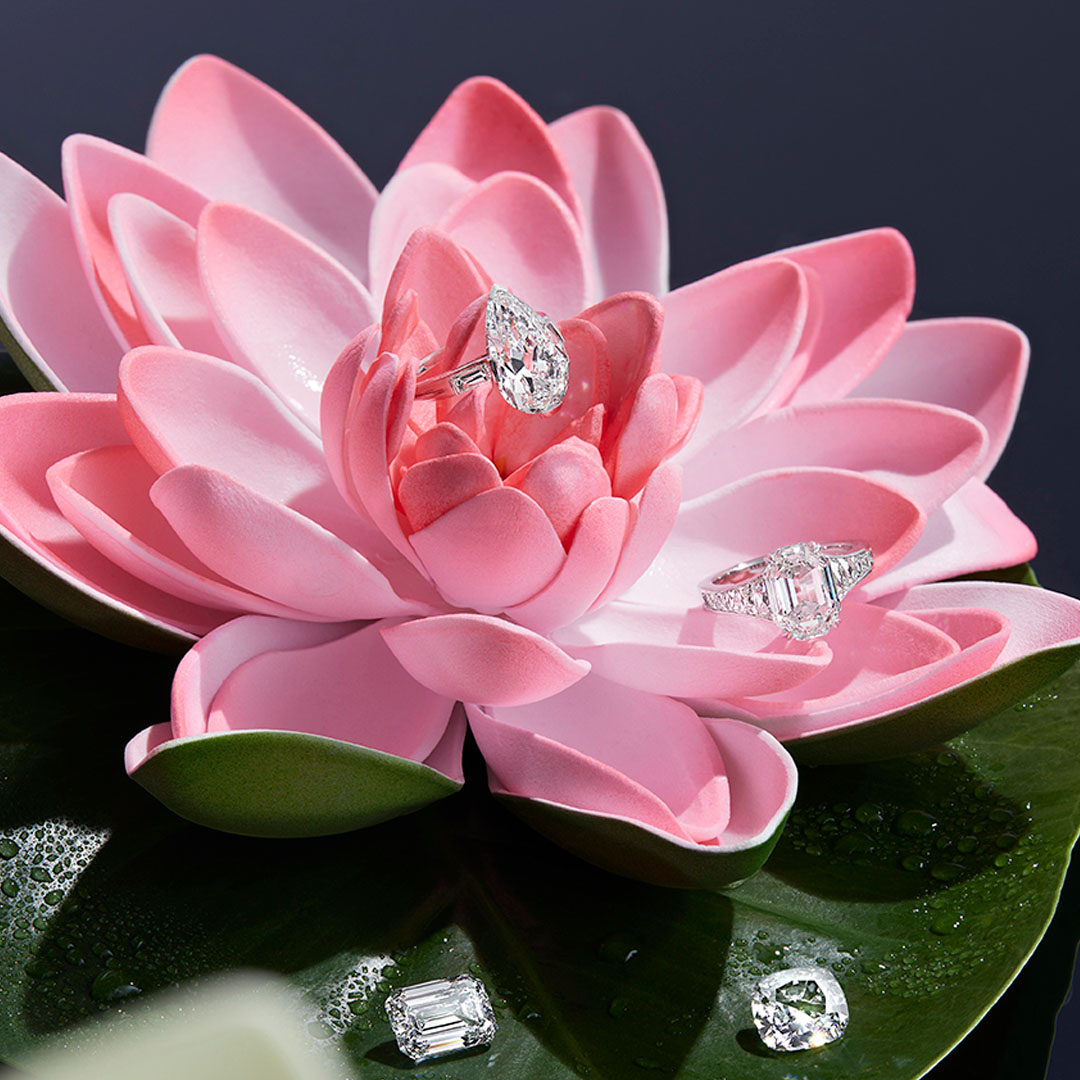
They were believed to be a gift from the Gods and were reserved for the Maharajas, who wore them as much as protective talismans as symbols of power. Until diamonds were discovered in Brazil in 1725, they were the exclusive preserve of royalty and aristocracy. It’s no wonder that in the diamond industry, the word ‘Golconda’ is shorthand for stones of incomparable quality.
Many of history’s most famous diamonds originated from Golconda mines, including the Hope diamond, the Farnese blue and the Koh-I-Noor -part of the Crown Jewels, said to have been buried deep in a lake near Windsor Castle during the Second World War for safekeeping. Aside from these iconic gems, any Golconda diamond today has a legacy that outshines any other precious aristocratic heirloom. But quality and quantity rarely go hand-in-hand. After centuries of zealous mining for these natural wonders, by the late 19th century the Golconda mines were exhausted of their treasures. Many of the stones that originated from the region have long since vanished without a trace.
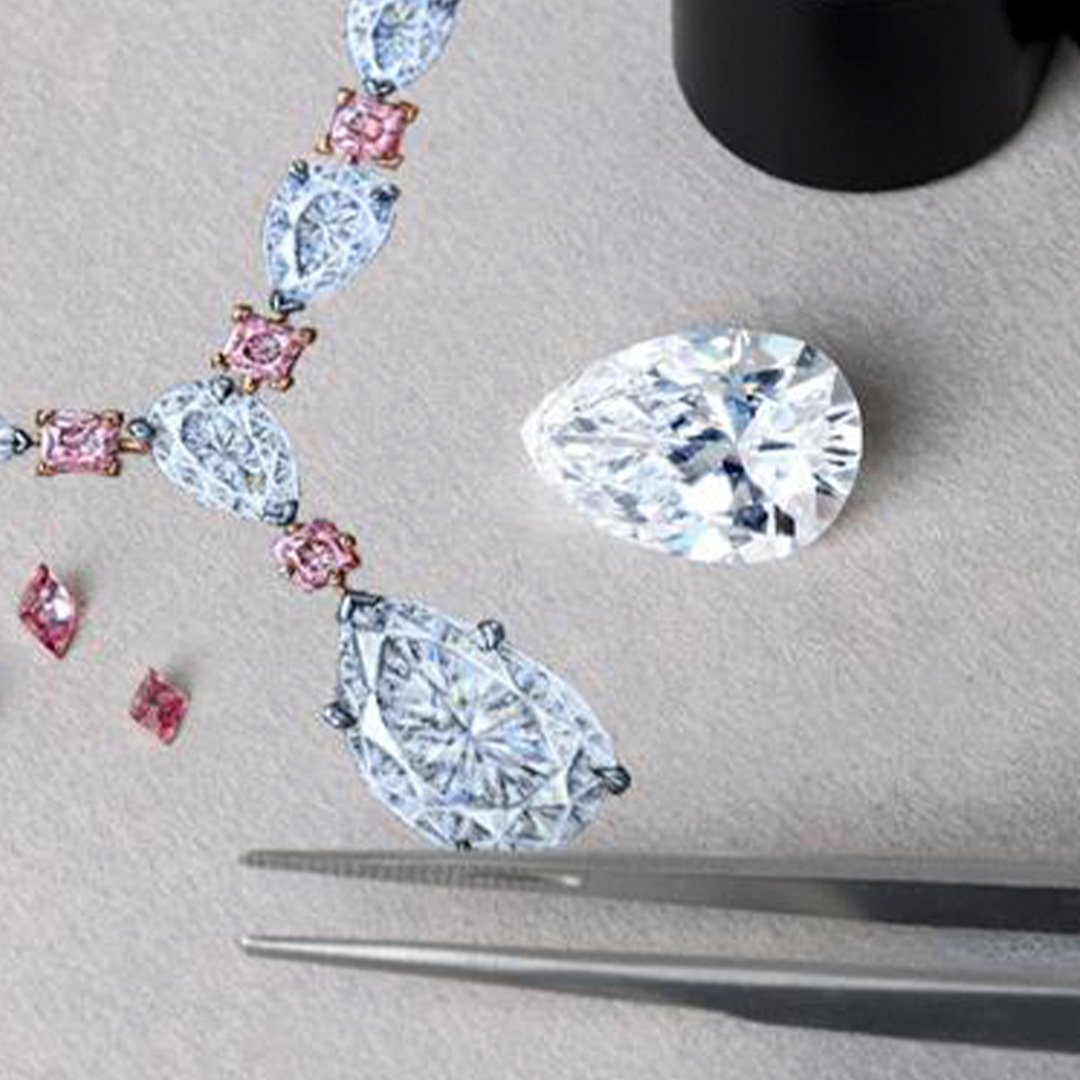
The Golconda diamonds that remain on the market today are centuries old and exceptionally rare. Most people will only ever see a Golconda diamond in a museum. To own one is to own a piece of history, a physical connection to the Mughal Empire, and the treasures of the nobility of past generations.
No connoisseur’s collection is complete without an incomparably beautiful Golconda diamond. Gem enthusiasts worldwide vie to add these historic, unique stones to their collections, but they will only become even more scarce, cherished, and valuable.
Frequently Asked Questions
Below are the answers to our most commonly asked questions. Should you want to find out more please feel free to contact us and begin your Pragnell experience.
Generic CLP Page
Contact us